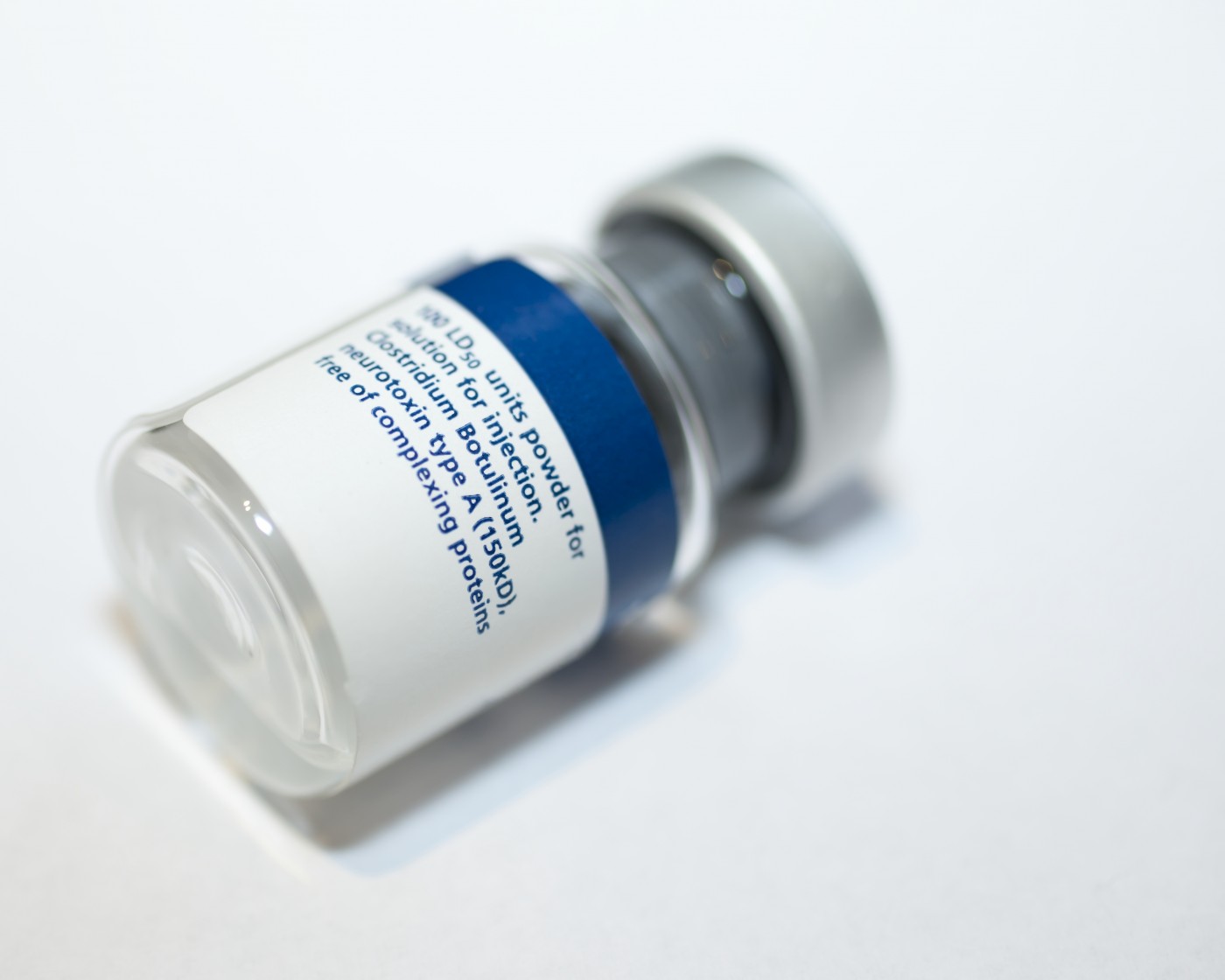New Device Measures CP Muscle Spasticity Changes in Children After Botulinum Toxin Injections

Botulinum toxin may be best known as a poison, or as a cosmetic treatment to reduce wrinkles called Botox. But the toxin is sometimes used to reduce muscle spasticity in children with cerebral palsy (CP), and a recent study evaluated a new clinical device that might assess the effectiveness of botulinum toxin injections in kids with CP.
The study, “Quantitative evaluation for spasticity of calf muscle after botulinum toxin injection in patients with cerebral palsy: a pilot study,“ appeared on March 12, 2016, in the Journal of NeuroEngineering and Rehabilitation.
Botulinum toxin can affect muscles by preventing the muscle-contracting neurotransmitter, acetylcholine, from being released by nerve cells onto muscle fibers. In high doses it can cause paralysis, but small controlled doses can treat a variety of medical conditions.
“The purpose of this study was to determine if our device for quantitative modified Tardieu approach (QMTA) is a valid method to assess spasticity of calf muscles after botulinum toxin injection,” the scientists, led by Yu-Ching Lin of the Department of Physical Medicine and Rehabilitation, College of Medicine, National Cheng Kung University, China, wrote.
The device involves sensors that can detect the angle of a body part, and its amount of stretch and resistance. The information is then used to calculate a compiled measurement.
Scientists studied four children who received botulinum toxin injections in the gastrocnemius muscles. These are muscles of the calf, responsible for flexing the knee and foot. They measured spasticity at the beginning of the study, and four weeks after the injection. The team was able to measure muscle improvement using the device, demonstrating that it could be a useful clinical tool.
“Our device for QMTA can objectively measure the changes in spasticity of the gastrocnemius muscle in children with cerebral palsy after [botulinum toxin injections],” the researchers concluded.
This new technology can potentially serve as a clinical aid to assess the effectiveness of botulinum toxin for reducing spasticity in children with CP, possibly guiding adjustments in botulinum toxin dose.
CP is the most common childhood movement disorder. It is associated with many symptoms, including difficulty walking, problems with movement, rigidity, failure to thrive, and learning disabilities.


